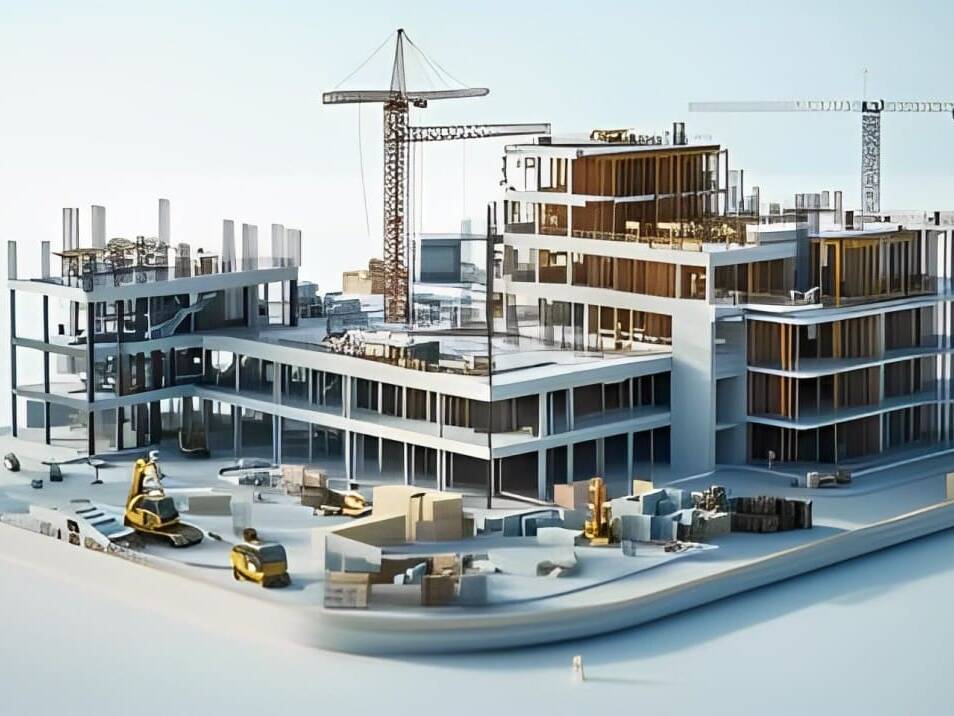Insights
Steel Box Structures – Transforming the use of Shipping Containers in Kenya Real Estate Market

Shipping containers are no longer merely used to transport goods. Invented over 50 years ago, these solid steel structures have found innovative and versatile uses in Kenya. We have seen them used as community, health and business centers as well as offices. More recently, the use of containers has expanded to that of a housing option. Ian Murage is one such owner of a shipping container home. Located in Westlands, the 40ft container walls are padded with Styrofoam for insulation to protect against condensation. The steel box is fitted with a modern bathroom and spacious living space incorporating a kitchenette. For income generation, Murage rents out the container home at Ksh.33000 which compares favorably to the adjacent 1- bedroomed apartments rented for Ksh.50000 pm.
While people have converted sea containers into disaster relief shelters, government offices, VCT centers and ablution spaces, mobile money transfer agents have turned them into business centers. The use of containers has further been adopted by various town councils, creating selling and storage spaces for market vendors. In Kenya, shipping containers remain predominantly used for commercial purposes. However, their inherent mobility and security make them ideal structures for other applications as well. Today, we look at other adaptable uses of shipping containers in Kenya.
Property Development: Construction
Shipping containers can be used to provide on-site construction equipment and material storage. Constructed at 16-gauge steel, sea containers are hard to break into. The tools are easily accessible when needed, yet securely sealed when not in use. Materials such as doors, windows, and other fragile supplies may be stored in containers for quick and easy access. HVCA may be added to a container to keep temperature sensitive items safe. While some containers can be used as mobile offices, others may be modified to provide makeshift living quarters for construction teams. When a project is complete, the teams can move the containers to the next development- contents and all.
Farming: ‘Growtainers’
Growtainers are insulated sea containers equipped for climate control and are used to grow crops.  In areas where growing fresh produce is difficult, they can be used to provide fresh fruits and vegetables. Container farming can also be adopted by refugee camps hence providing children with fresh fruit.
In areas where growing fresh produce is difficult, they can be used to provide fresh fruits and vegetables. Container farming can also be adopted by refugee camps hence providing children with fresh fruit.
Camping
Camping huts are innovative and eco-friendly. With their solidity and high comfort levels, steel boxes continue to gain preference over traditional camping tents. When used as camping huts, containers can be placed in such a way that no trees are cut down. Energy efficient lighting and appliances can be used too, so if need be, the land can revert to nature.
Housing
Although assembled housing is slowly catching on, Kenya still lags behind in the conversion of shipping containers into homes. The popularity of container homes is associated with the rising costs of putting up conventional housing structures. John Kibera, the founder of Clad House Interiors Nairobi, constructs homes from sea containers for the middle-income market, constituting of landowners who cannot afford to build a regular house. Kibera says that if the need to sell the land arises, the container can be easily relocated elsewhere.
While some experts believe that the speed of installation, cost savings on materials and mobility make container living a serious option for urban planning, others argue that the middle and high-income earners may not be willing to scale down to adapt to container shelters. As such, it is unlikely to have any real impact on the real estate industry. Also, while the cost of conversion may be cheaper than building a conventional home, it may not be as cheap as it is made out to be. Savings made on the purchase of a container are spent on modification of the vessel’s structure. Further, shipping containers are considered as temporary structures. As such, they are not eligible for financing. Also, there is the issue of supply. These imported structures are seasonal, thus dependent on the demand for imported goods.
Interestingly, the port of Mombasa handles more than a million, 20ft containers annually. As the Mombasa port expands and the demand for sea containers on inland Kenya surges, the number of sea containers in the country will keep growing. Only time will determine the future of shipping containers.
Related
Insights
Construction Cost Consultancy and Building Cost Management Company in Kenya
Buildafrique is a Construction Cost Consultancy Firm in Kenya, a Quantity Surveyor, and a…
Project Capital And Real Estate Finance Expert Company In Kenya
Buildafrique Group is a Project Capital and Real Estate Finance Expert Company in Kenya…






